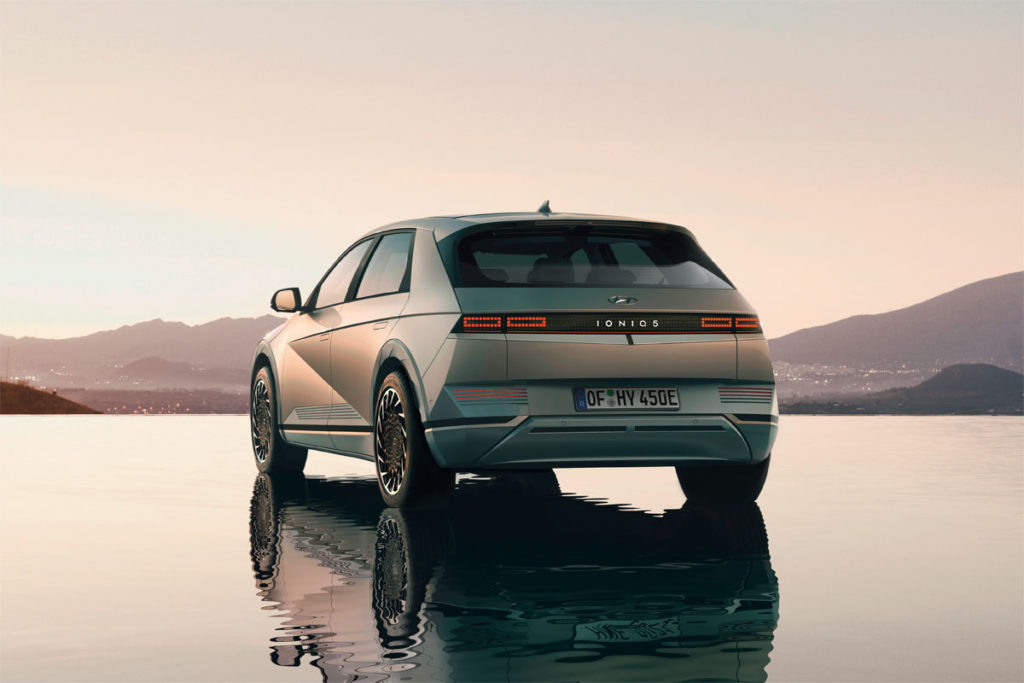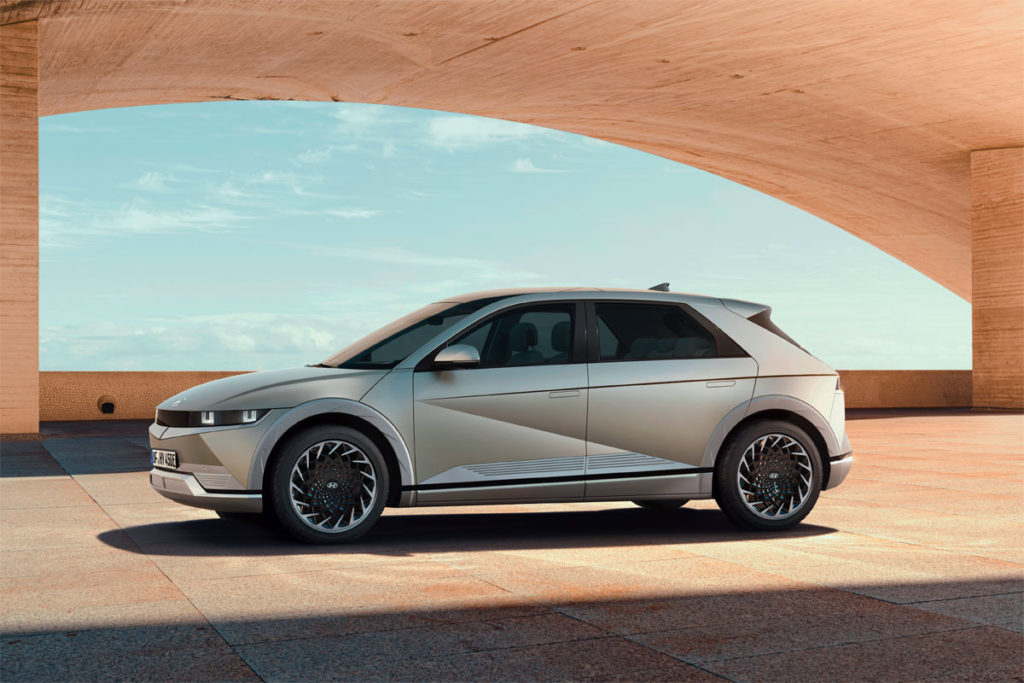
The Hyundai IONIQ 5 is truly a remarkable EV that is living up to the hype it generated before its launch. It is the first model from Hyundai to be built on a fully dedicated EV platform meaning they have re-engineered the car from scratch. This gives IONIQ 5 a shift in space usage, interior design and all importantly, EV technology.
If you are considering making the switch to an electric vehicle and the IONIQ 5 has caught your attention, this buyer’s guide will give some detailed insight into a vehicle that could be the best one you’ve ever owned.
Batteries and charging
Charging is one of the most important parts of any EV, and understandably the topic that raises the most questions from buyers. The IONIQ 5 uses the latest battery technology available, making owning and driving an EV as easy as possible. This car has been designed for both the weekly commute and longer road trips, with a range of up to 480km on one charge. Its market-leading charging technology means that it can be charged extremely quickly, and as the next part of this guide delves into, it’s the day-to-day charging that is probably the most important to understand.
The IONIQ 5 has two battery sizes available across the range – 58kW and 72.6kW. The larger the battery the more range available to you, although this can vary a bit with the choice of 2WD or AWD. The difference in battery size does not impact how fast it can charge, and both batteries can handle 10.5kW of power through the onboard AC charger and up to 350kW via the DC charger. Alternating Current (AC) is the current of electricity available to most houses and offices. It alternates in voltage but is plenty for most appliances, and can be used to charge an IONIQ 5 albeit not as quickly as the DC charger (more on that later). Direct Current (DC) is supplied at higher voltage levels and specifically to the charging ports that you’ll find in car parks and garages. It creates a constant flow of electricity meaning it’s ideal for rapidly charging a car battery.
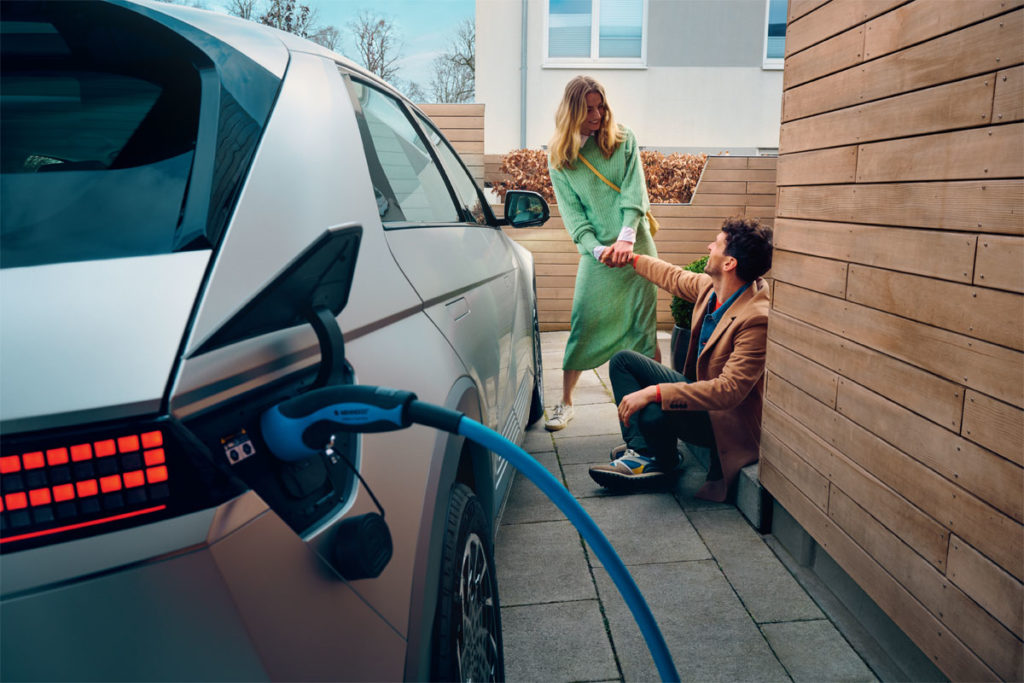
Charging times
Charging times generally refer to the time it takes to charge a battery from 0-100%. Doing this repeatedly is not a normal way to use your EV and leads to battery degradation. Using an EV is about charging when you can, rather than only when you need to – sort of like topping up your tank regularly rather than running it dry every time.
The charging system and battery are tuned to work well with regular low voltage charging, topping up the range each day, similar to how you charge your mobile phone. Doing this daily should keep an IONIQ 5 with enough charge to never be troubled by most commutes and even a longer trip at the weekend. Should you come across a fast charger on the road, you can use this to top up your charge again the same way, only quicker. In New Zealand at the time of writing the most powerful rapid charger is 300kW, the vehicle itself can handle up to 350kW.
Here are the official charging times for the IONIQ 5:
| Charge Level | 58kW | 72.6KW | |
|---|---|---|---|
| Slow Charge | 10% -100% | ~35 hours | ~40 hours |
| Standard Charge (up to 10.5kW) | 10% – 100% | ~5 hours | ~6 hours |
| Quick Charge (50kW) | 10% – 80% | ~43 minutes | ~56 minutes |
| Rapid Charge (300kW) | 10% – 80% | ~25 minutes | ~25 minutes |
What you need and where you need to be to achieve each type of charge:
| What you need | Where you can charge | |
|---|---|---|
| Slow Charge | A standard 3 pin plug adapter that comes with the car | At home, or anywhere where you can get access to a standard voltage plug |
| Standard Charge | A Type 2 cable | At home, if you have a home charger set up |
| Quick Charge | A Type 2 (CSS Combo) cable | Most public charging stations |
| Rapid Charge | A Type 2 (CSS Combo) cable | A public charging station that has the ability to output 350kW |
Charging at home…
You can have a fast charger installed at your home and the power rating will depend on a few factors including where you live and how the electricity supply is set up. It’s best to get your home assessed by an expert before investing in a home charger. We recommend using someone like ChargeSmart. Some home chargers can deliver an impressive 22kW of power but it’s important to note that with the IONIQ 5, even if you had that power output, the car can only take 10.5kW when using a home (AC) charger, so the standard charge times will apply.
..and out and about
As you can see from first table above, it’s more sensible to use the Slow or Standard charging for overnight and use the Quick and Rapid options for when you are out and about and need to top up. If you need to know where charging stations are in your area then use the ChargeNet app. Not only does it tell you which type of charger is available and the power output, it also tells you which ones are in use or not at any given time which is very helpful! It’s quite common to find 50kW chargers in supermarkets around NZ making it easy to recharge an IONIQ 5 while you’re doing your weekly shop.

Driving
The dedicated EV architecture brings with it a lot of benefits, one of which is the driving dynamics of the vehicle. The handling is very responsive and planted, due to the ride height being lower than most SUVs. You can switch between different driving modes: ECO, Normal and Sport, which drastically change the power delivery. Even in ECO mode there is none of the lag often experienced in other vehicles from a transmission trying to catch up. The Sport mode can really press you back in your seat, taking you from zero to 100km/h in just 5.2 seconds.
In that all-important strive for efficiency, the IONIQ 5 uses braking to help generate electrical energy to top up the battery. This means that braking is a little harder than you may be used to in a conventional ICE vehicle. You can set this to your preference though using the paddles behind the steering wheel. The left paddle can also activate i-Pedal mode which allows you to operate the car with just the accelerator. It will brake relative to how much you lift your foot off the pedal, and you can still use the main brake should you need to brake harder or suddenly.

Towing
This vehicle was built with family use in mind, hence the practical design and vast amounts of space. Luckily the engineers also focused on another favourite activity of ours in Aotearoa… towing. The 58kW battery can tow 750kg unbraked and braked, while the 72.6kW battery can tow 750kg unbraked and 1,600kg braked. Naturally, towing will reduce the range of the vehicle as the extra weight means more power usage. The IONIQ 5 does have a towing mode which when enabled manages the power as efficiently as possible so you can get maximum performance without running the battery down too quickly.
Ordering
Ordering your Hyundai IONIQ 5 couldn’t be simpler. The first step is to arrange a viewing with us or request a video tour. You can choose to try the vehicle on-site or at home (weekdays only).
Choose the trim level and battery option that works for you. You can explore them in more detail in our online showroom. The last step is to choose your colour. With its futuristic look the muted paint options are designed to complement the silver wheel arches and skirts. The Gravity Gold and Shooting Star options come in a matte finish, which is truly stunning up close. It does mean hand washing only though and you won’t be able to use polishes or similar products on the bodywork.
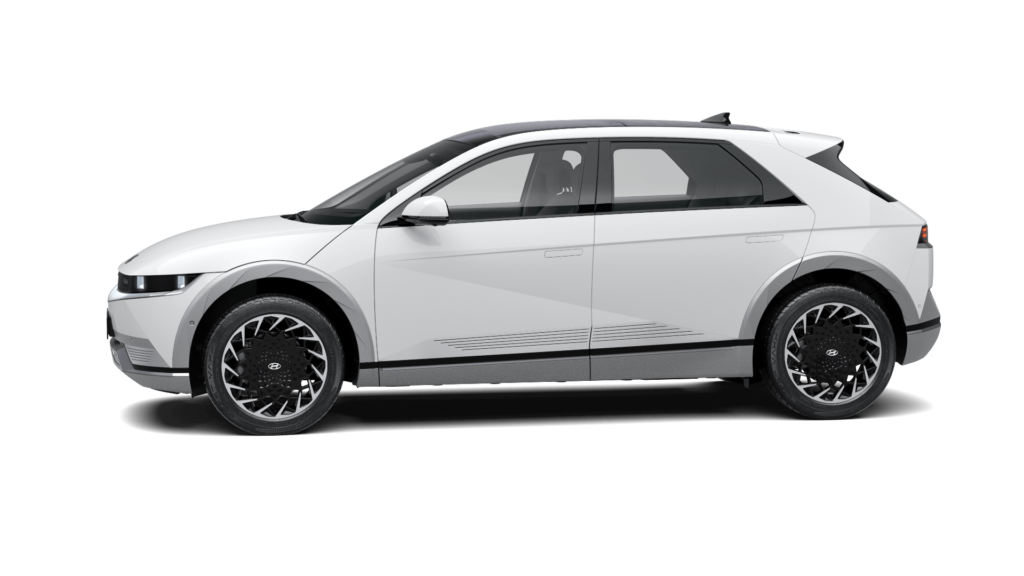
Atlas White 
Cyber Grey 
Digital Teal Green 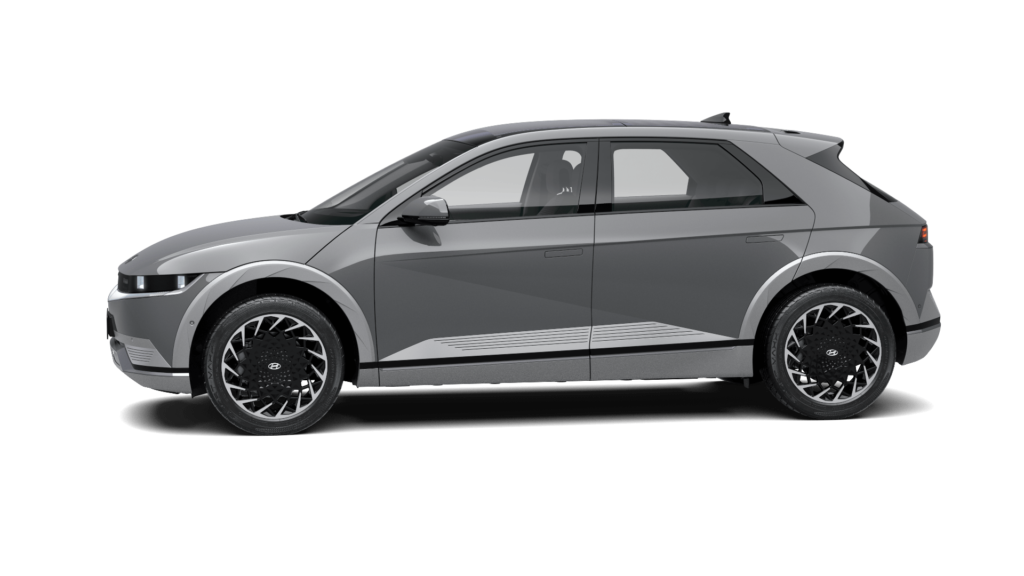
Galactic Grey 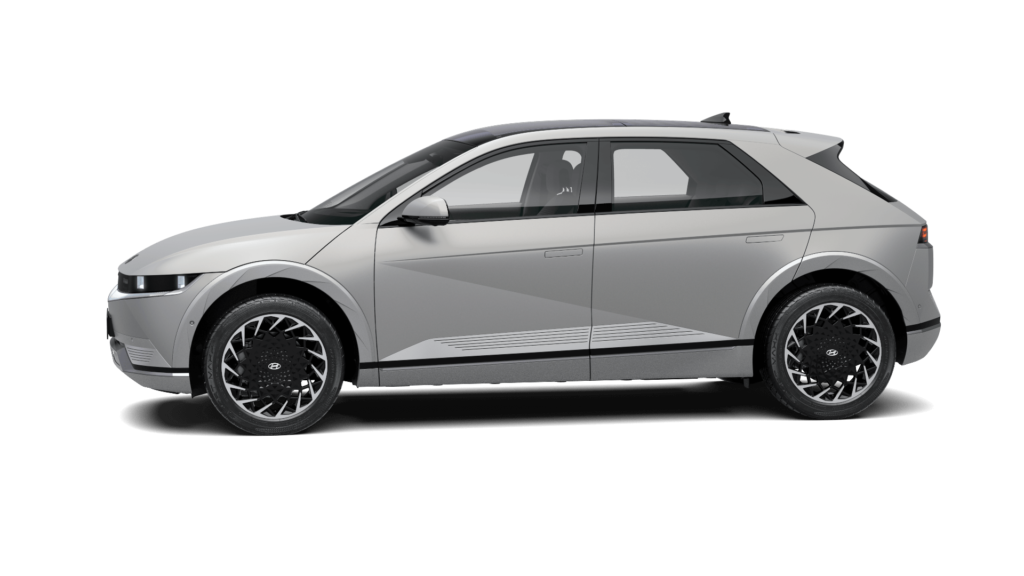
Gravity Gold (Matte) 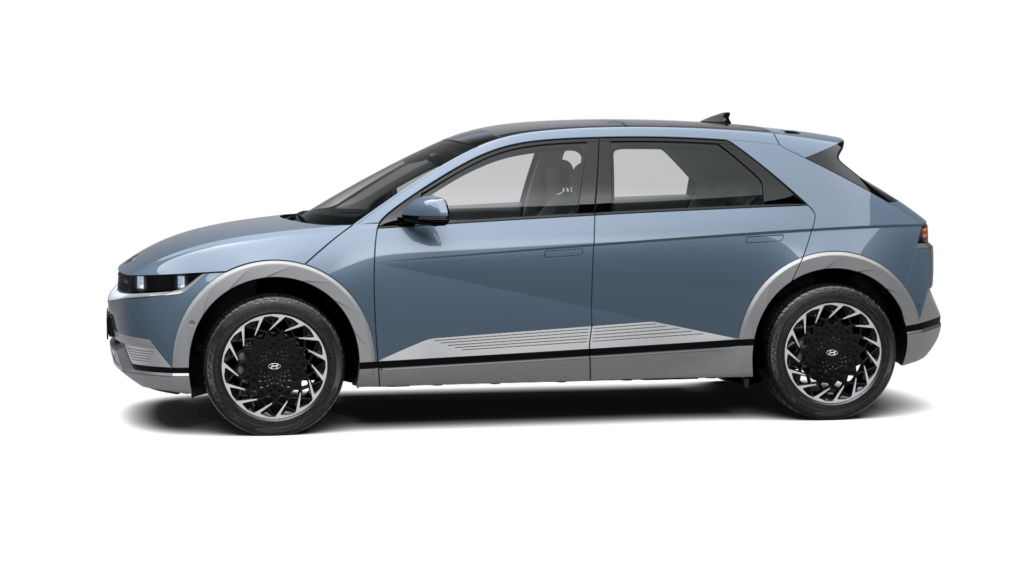
Lucid Blue 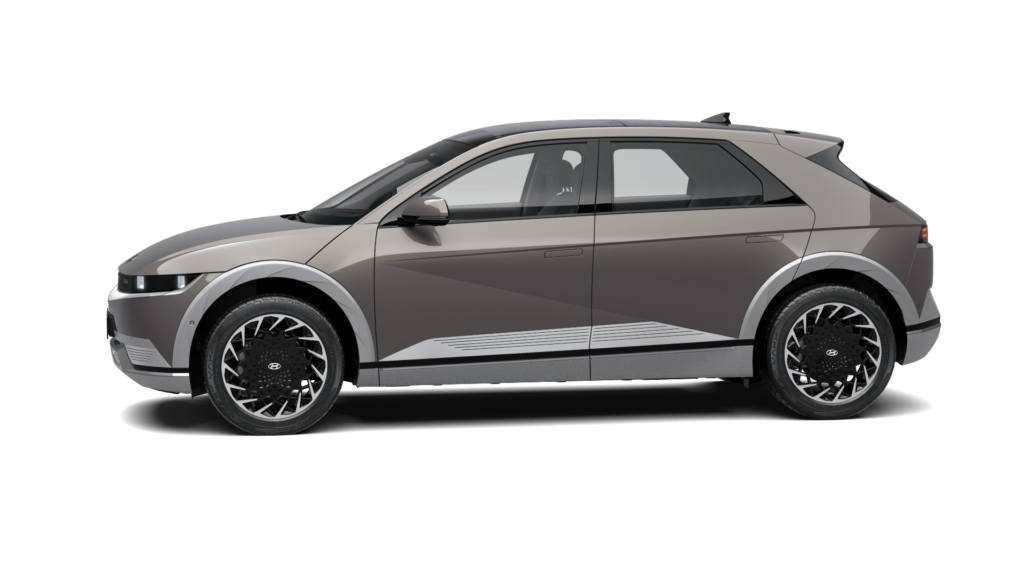
Mystic Olive Green 
Phantom Black 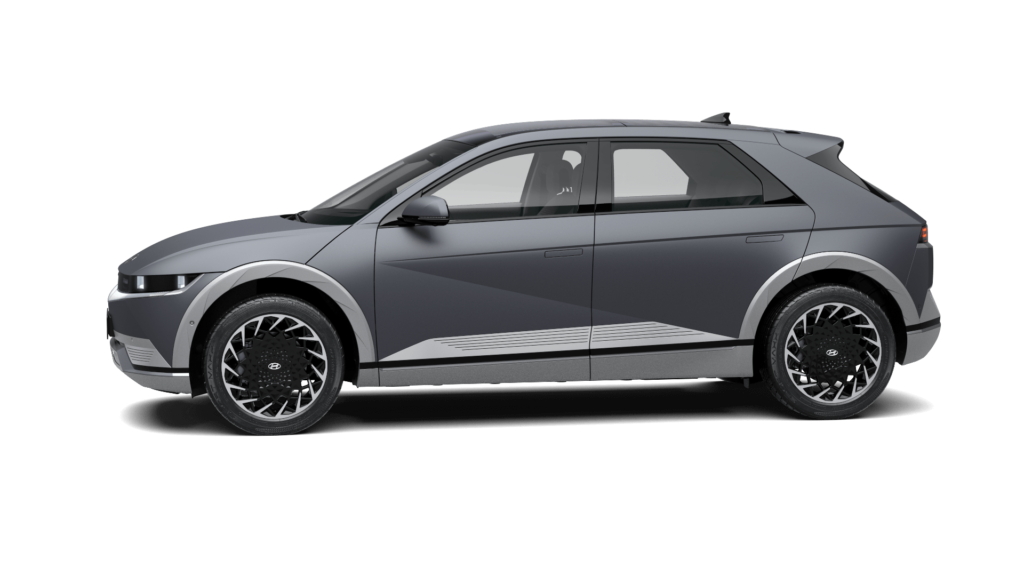
Shooting Star (Matte)
Once you’ve chosen your trim and colour, it’s then simply a case of placing a deposit so we can secure a model for you. Delivery times will vary based on what is chosen, and our team can advise you when deciding.
If you do end up ordering an IONIQ 5, we’re sure you will be thrilled with it. Cars that deliver this much of a leap forward in technology, design, sustainability and performance are rare to come by. We’re proud to have this model available at our Hyundai showroom in Lower Hutt, serving the Wellington region.
